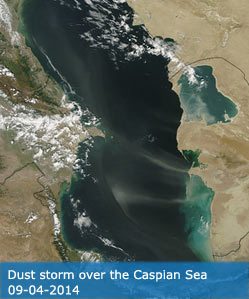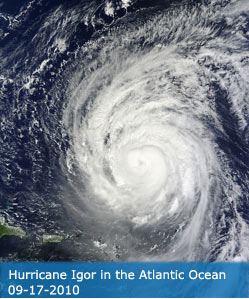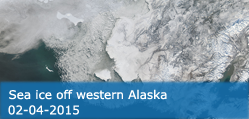Science Team
Publications
Han, KM; Jung, CH; Song, CH; Koo, JH; Yoon, YJ; Lee, BY; Kim, HS; Seo, S (2025). Trends and classification of aerosol observed from MODIS sensor over Northern Europe and the Arctic. ATMOSPHERIC POLLUTION RESEARCH, 16(1), 102329.
Abstract
The year-to-year emission trends of air pollutants in the middle latitudes and local Arctic regions affect PM 2.5 in the Arctic. To understand the aerosol changes in the Arctic caused by these spatial emission characteristics, we investigated the long-term trends of aerosol and categorized aerosol types for nine selected regions over Northern Europe and some parts of the Arctic. The selected Arctic sector does not represent the whole Arctic, and the Arctic in the study includes Greenland, Svalbard, Iceland, and surrounding waters. For the investigation, we used aerosol optical properties observed by the Moderate Resolution Imaging Spectrometer (MODIS) sensor. Our study showed that the long-term analysis of Aerosol Optical Depth (AOD) has an increasing trend over the Arctic regions such as Svalbard (SV), Iceland (IC), Greenland (GL), and Greenland Sea (GLS) at the rates from 0.23 x 10-3 to 0.73 x 10-3 per year. In contrast, AOD in the some parts of Europe (EU), Northern Europe (NE), Baltic Sea (BS), and Russia (RS) continues to decrease at the rates between-0.84 x 10-3 and-2.32 x 10-3 per year. Furthermore, aerosol type classification based on specific threshold values of AOD and Angstro
DOI:
10.1016/j.apr.2024.102329
ISSN:
1309-1042




